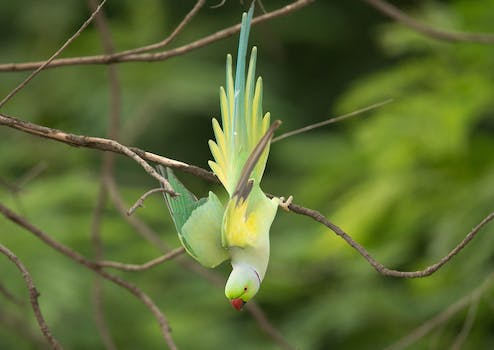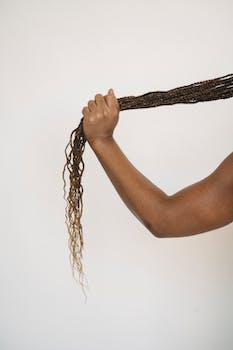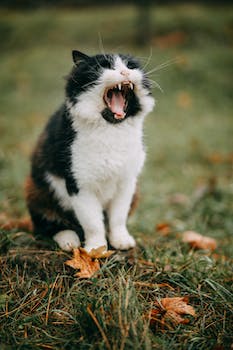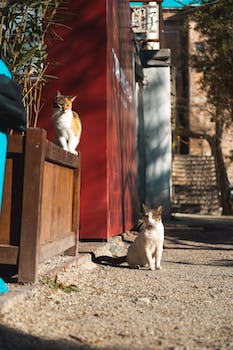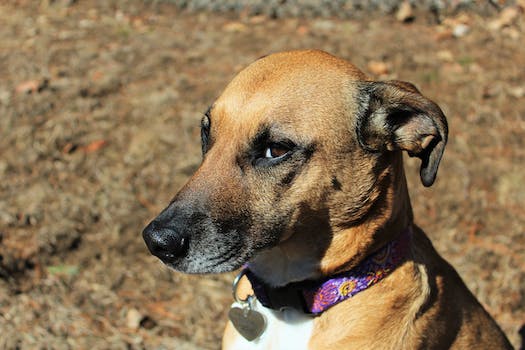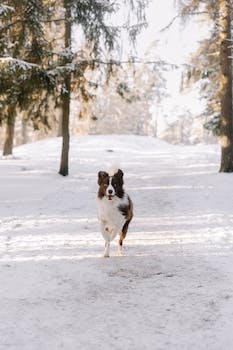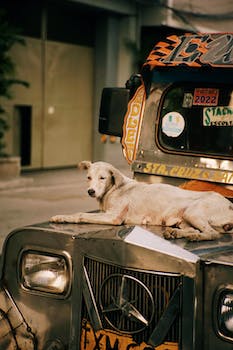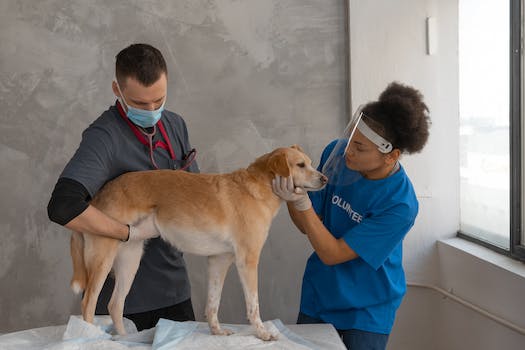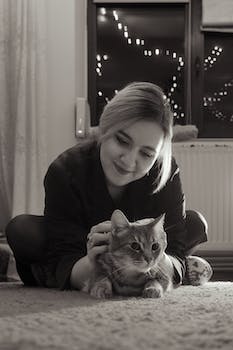

-
Table of Contents
"The Potential Harm of Netted Fat Balls: Protecting Birds from Deadly Traps."
Introduction
Netted fat balls, commonly used as bird feeders, have the potential to cause harm to birds.
The Impact of Netted Fat Balls on Bird Health
The Impact of Netted Fat Balls on Bird Health
Bird feeding is a popular activity among nature enthusiasts, providing a valuable source of food for our feathered friends. One common type of bird food is the fat ball, a mixture of suet, seeds, and other ingredients that is compressed into a ball shape. While fat balls are generally considered beneficial for birds, there is a potential harm associated with the use of netted fat balls.
Netted fat balls are fat balls that are encased in a mesh netting. The netting is intended to provide a convenient way to hang the fat balls, making them easily accessible to birds. However, this seemingly harmless feature can actually pose a significant risk to bird health.
One of the main concerns with netted fat balls is the potential for birds to become entangled in the netting. Birds have delicate feet and feathers, and getting caught in the netting can cause serious injuries. The netting can become wrapped around their legs or wings, restricting their movement and potentially leading to fractures or other injuries. In some cases, birds may even become trapped and unable to free themselves, resulting in a slow and painful death.
Another issue with netted fat balls is the ingestion of the netting material. Birds are known to peck at the fat balls to access the food inside, and in doing so, they may accidentally ingest pieces of the netting. This can lead to blockages in their digestive system, which can be fatal. Even if the netting is not ingested, it can still cause irritation and damage to the bird's throat and digestive tract.
Furthermore, the netting on fat balls can also pose a threat to other wildlife. Small mammals, such as squirrels and mice, may also be attracted to the food in the fat balls. If they become entangled in the netting, they can suffer similar injuries as birds. Additionally, larger animals, such as foxes or deer, may accidentally ingest the netting while trying to access the food, leading to potential health issues for them as well.
To mitigate the potential harm of netted fat balls, it is recommended to opt for alternative bird feeding options. There are plenty of fat balls available that come without netting, eliminating the risk of entanglement and ingestion of the netting material. These fat balls can be placed in specially designed feeders or simply hung from branches or hooks.
In addition to avoiding netted fat balls, it is also important to regularly clean and maintain bird feeders. This helps prevent the spread of diseases among birds and ensures that the food remains fresh and safe for consumption. By taking these simple steps, bird enthusiasts can continue to provide nourishment to their feathered friends without putting their health at risk.
In conclusion, while fat balls are a popular choice for bird feeding, the use of netted fat balls can have detrimental effects on bird health. The netting can cause entanglement and injuries, as well as lead to the ingestion of harmful materials. By opting for net-free fat balls and maintaining clean feeders, bird enthusiasts can ensure the well-being of the birds they feed and contribute to the preservation of our avian friends.
Environmental Consequences of Netted Fat Balls for Birds
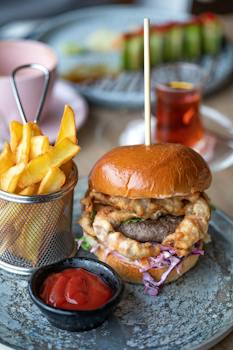
The use of fat balls as bird feeders has become increasingly popular among bird enthusiasts. These high-energy food sources are made from a mixture of suet, seeds, and other ingredients that provide essential nutrients for birds, especially during the winter months when food is scarce. However, the use of netted fat balls has raised concerns among environmentalists and bird conservationists.
Netted fat balls are fat balls that are encased in a mesh netting, which is intended to make it easier for birds to cling onto and feed from. The netting is typically made from nylon or other synthetic materials. While the intention behind using netted fat balls is to provide a convenient feeding solution for birds, it can have unintended consequences that harm the very creatures it is meant to help.
One of the main concerns with netted fat balls is the potential for birds to become entangled in the netting. Birds have delicate feet and feathers, and the small openings in the netting can easily trap their feet or wings. This can lead to injuries such as broken bones or torn feathers, which can severely impact a bird's ability to fly, hunt for food, or escape from predators. In some cases, birds may even become completely immobilized and unable to free themselves from the netting, resulting in a slow and painful death.
Another issue with netted fat balls is the environmental impact of the discarded netting. As the fat balls are consumed by birds, the netting is left behind, often tangled in trees or shrubs. This can create an eyesore in natural habitats and can also pose a threat to other wildlife. Small mammals, such as squirrels or mice, may become entangled in the netting while trying to access leftover food, leading to similar injuries and fatalities as seen in birds. Additionally, the netting can become a hazard for insects and other invertebrates, which play a crucial role in the ecosystem as pollinators and decomposers.
Furthermore, the synthetic materials used in the netting can take a long time to break down in the environment. This means that the netting can persist for months or even years, continuing to pose a threat to wildlife long after the fat balls have been consumed. The accumulation of netting in natural areas can disrupt the balance of ecosystems and contribute to the degradation of habitats.
In light of these concerns, many bird conservation organizations and environmental groups are advocating for the use of alternative bird feeders that do not involve netting. There are a variety of feeder designs available that provide a safe and accessible food source for birds without the risk of entanglement. These include open trays, mesh cages, or specially designed feeders with perches that allow birds to feed without the need for netting.
In conclusion, while netted fat balls may seem like a convenient solution for feeding birds, they can have serious consequences for bird welfare and the environment. The potential harm of entanglement and the long-lasting environmental impact of discarded netting make it important for bird enthusiasts to consider alternative feeding methods. By choosing bird feeders that prioritize safety and sustainability, we can ensure that our efforts to support bird populations do not inadvertently harm the very creatures we seek to protect.
Alternatives to Netted Fat Balls for Bird Feeding
Bird feeding is a popular activity among nature enthusiasts and bird lovers. It provides an opportunity to observe and appreciate these beautiful creatures up close. One common method of bird feeding is the use of fat balls, which are made from a mixture of suet, seeds, and other ingredients. However, the use of netted fat balls has raised concerns about the potential harm they can cause to birds.
Netted fat balls are fat balls that are encased in a mesh netting. The purpose of the netting is to hold the fat ball together and prevent it from falling apart. While this may seem like a practical solution, it can actually pose a serious threat to birds. The netting can easily become entangled in a bird's feet, wings, or beak, leading to injury or even death.
Birds have delicate feet and beaks that are not designed to handle the tough and sharp edges of the netting. When a bird tries to feed on a netted fat ball, it may accidentally get caught in the netting. This can cause the bird to panic and struggle, further entangling itself in the netting. In some cases, the bird may be unable to free itself and may suffer from injuries such as broken wings or beaks.
To prevent such harm to birds, it is important to consider alternatives to netted fat balls for bird feeding. One alternative is to use fat balls without any netting. These fat balls can be placed in a specially designed feeder that holds them securely without the need for netting. This allows birds to feed on the fat balls without the risk of getting entangled in the netting.
Another alternative is to use fat blocks or cakes instead of fat balls. These blocks or cakes are made from the same mixture of suet and seeds but are solid and do not require any netting. They can be placed in feeders or hung from trees, providing a safe and accessible food source for birds.
Additionally, offering a variety of bird feeders can also help reduce the reliance on netted fat balls. Tube feeders, platform feeders, and suet feeders are all great options that can accommodate different types of bird food. By providing a range of feeders, you can attract a wider variety of bird species and ensure that they have access to the food they need without the risk of harm.
In conclusion, the use of netted fat balls for bird feeding can pose a serious threat to birds. The netting can easily entangle birds and cause injuries or even death. To prevent harm to birds, it is important to consider alternatives such as fat balls without netting, fat blocks or cakes, and a variety of bird feeders. By making these simple changes, we can continue to enjoy the beauty of birds while ensuring their safety and well-being.
Q&A
1. What is the potential harm of netted fat balls to birds?
The potential harm of netted fat balls to birds is that they can become entangled in the netting, leading to injuries or even death.
2. How can netted fat balls harm birds?
Netted fat balls can harm birds by trapping their wings or feet in the netting, causing them to struggle and potentially injure themselves. They may also ingest the netting, leading to digestive issues or blockages.
3. What precautions can be taken to prevent harm to birds from netted fat balls?
To prevent harm to birds, it is recommended to use fat balls without netting or to remove the netting before hanging them. Providing alternative bird feeders or using suet feeders with no netting can also help ensure the safety of birds.
Conclusion
In conclusion, the potential harm of netted fat balls to birds is significant. The nets can entangle birds' feet, wings, or beaks, leading to injuries or even death. Additionally, birds may accidentally ingest the netting, causing internal blockages and digestive issues. To protect birds, it is crucial to use alternative feeding methods that do not involve netting, such as hanging fat balls in mesh feeders or using open trays.

